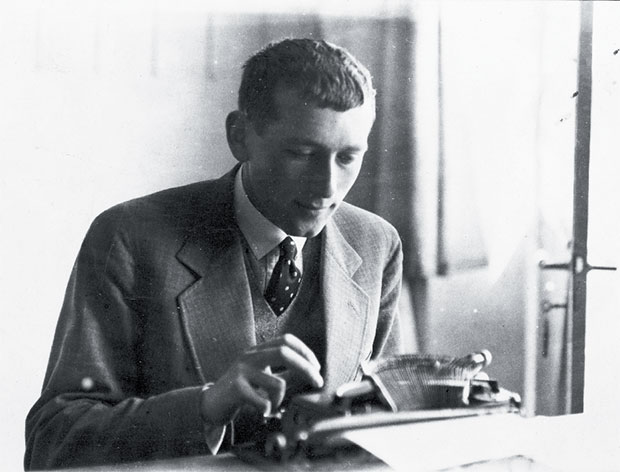
When Breuer joined the Bauhaus
How a brilliant student made the cutting-edge products of the design school available to everyone
Marcel Breuer, the 20th century modernist designer and architect is best known for his expressive buildings and beautifully considered chairs. Yet Breuer also left another lasting legacy. He was instrumental in changing one of the world’s most important teaching institutions, the Bauhaus, while still an undergraduate at that school. How did he do it? Well, all started badly.
“In spring 1920, at the age of eighteen, Breuer received a scholarship to attend the Akademie der bildenden Künste, or Academy of Fine Arts in Vienna, one of the greatest cultural centers of the world,” writes author Robert McCarter in our new Breuer book.
In the years before World War I, Vienna had borne witness to many of the most profound developments in early modernism; Breuer, an aspiring artist and architect with a keen interest in modern developments, was eager to engage with this new movement.
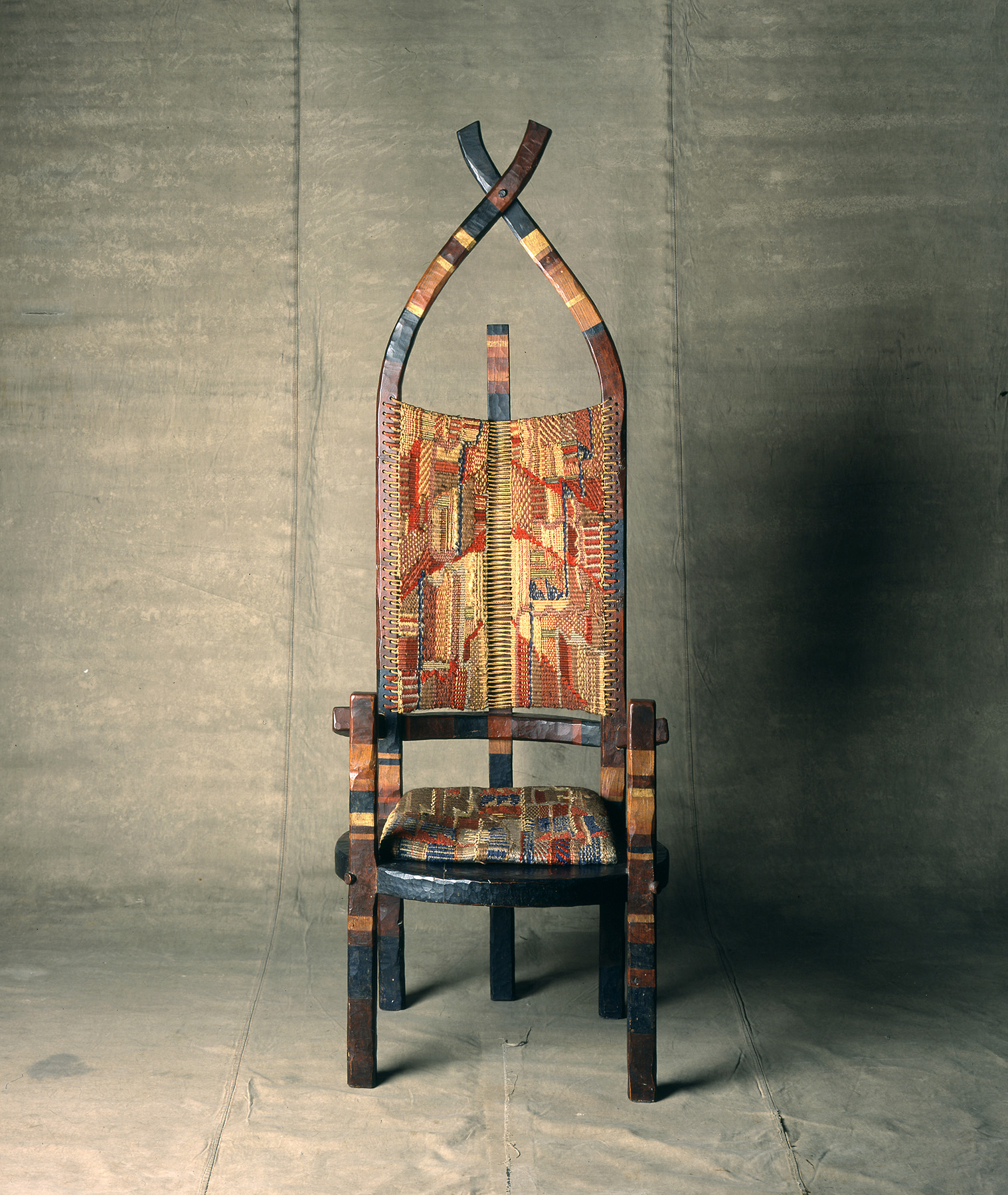
However, when the young Hungarian arrived, he immediately became crestfallen. Vienna was all a bit too stuffy. “Despite his high expectations, Breuer found the students uninterested and the teachers uninspiring, everyone being occupied with discussions of aesthetic theory and not with the actual making of art,” McCarter writes. “He walked out of the Academy the same day, abandoning his scholarship and seeking out a position as a designer with an architect and cabinetmaker in Vienna, where he stayed for two months.”
Breuer would later describe these months in Vienna as the unhappiest time of his life. His gloom only lifted when a friend and recent architecture graduate, Fred Forbàt, gave him a brochure from the Weimar Bauhaus, with the emblem ‘Return of the Craftsman’ and with a woodcut by Lyonel Feininger.
The brochure argued against the distinction of fine artist and lowly craftsman, stating instead that “today the arts exist in isolation, from which they can be rescued only through the conscious, cooperative effort of all craftsmen. Architects, sculptors, painters, we all must return to the crafts! For art is not a “profession.” There is no essential difference between the artist and the craftsman. The artist is an exalted craftsman."
Could this be the kind of school that the teenager hungered for? “Knowing nothing more about this new school than what was written in the four-page brochure, “ explains McCarter, “Breuer decided to go to Weimar and enroll in the Bauhaus.”
When the 19-year-old Breuer arrived, the Bauhaus was only a year old. Yet it had in place many of its distinguished tutors as well as a practical, holistic approach to fine and applied arts.
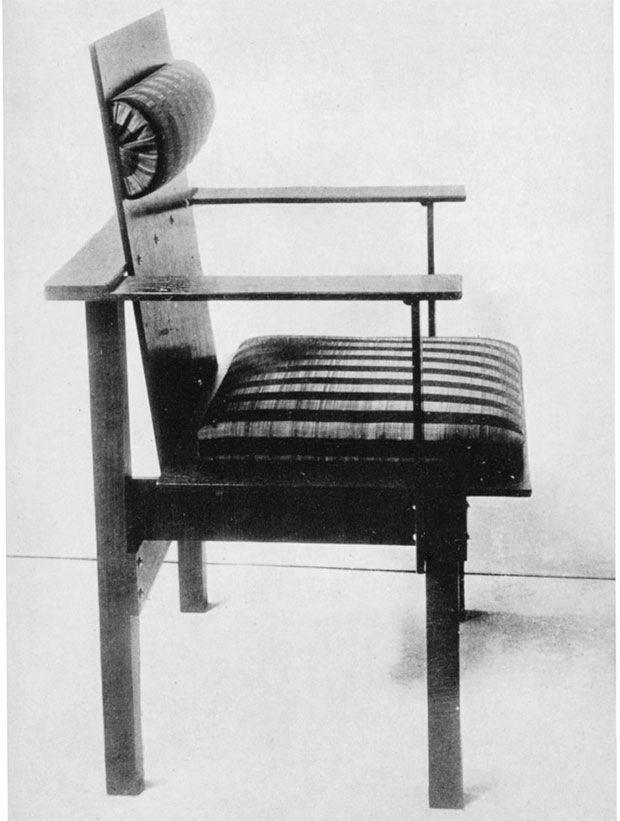
“Besides [architect and founder Walter] Gropius, the faculty then included the painter Lyonel Feininger, the ceramicist Gerhard Marcks, and the painter Johannes Itten,” writes McCarter. “As if the diversity of viewpoints represented by the rapidly growing Bauhaus faculty was not enough, Theo van Doesburg, the founder of the Dutch De Stijl movement, had also arrived in Weimar that same year with the express purpose of setting up a competing “school,” giving lectures every evening to the Bauhaus students, who attended in large numbers.”
However, the Bauhaus had, in truth, little to worry about; more stars of the modern movement would soon come to the Weimar school. Later that autumn, the painter Paul Klee joined the Bauhaus as a master.
The Hungarian Constructivist painter, photographer, and graphic designer László Moholy-Nagy also joined the school as an instructor during Breuer’s time there; and Josef Albers, who would go on to become one of the 20th century’s most important artist and educators, also enrolled as a student in the same year as Breuer.
Indeed, just as the school questioned the distinction between artist and craftsman, so the divide between pupil and teacher was also fairly porous at the Bauhaus.

“Albers, who could not afford the expensive drawing and painting supplies required for his courses, resorted to scavenging for materials at the city dump, from which he constructed a series of glass and wire compositions that were highly praised by the faculty, leading to Albers being asked to organize a new glass workshop for the school,” explains McCarter.
This relationship between the student body and the faculty, combined with Breuer’s own personal rapport with the Bauhaus’s founder, enabled the student to wield profound influence over the school.
“From the moment he first arrived at the Bauhaus, Breuer was recognised as an exceptionally talented student,” writes McCarter. “He soon became close friends with Gropius and his wife, Ise, and this relationship would profoundly shape Breuer’s professional life for the next twenty years. Gropius, who was nineteen years older than Breuer, immediately recognised the young man’s remarkable skills in the aesthetic and functional making of material form. As a result, Breuer participated in, and contributed to, the many crucial changes that occurred during the early years of the school. And his work, perhaps more than that of any other student, reflected the change in philosophy of the Bauhaus from the primarily craft orientation with which it began, to the principles of the merging of art and industry for which it subsequently became famous.”
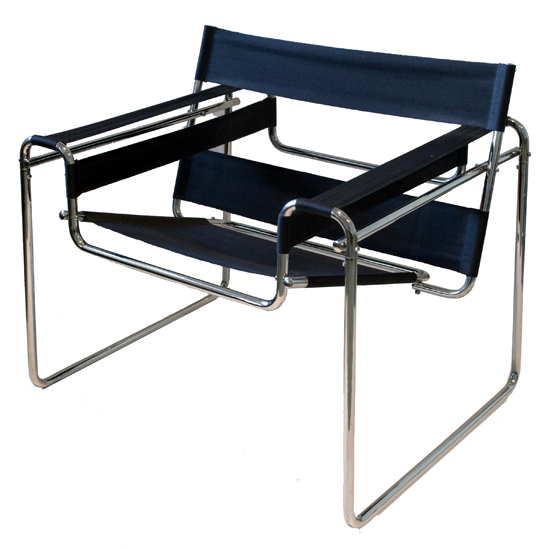
This switch, from focusing on the craftman’s atelier to the opportunities of mass production for all, was formally expressed by Gropius in a 1923 statement, which made clear that the Bauhaus was not a craft school, and needed to engage industrial production. Spurred on by this, Breuer directed his designs toward that which could be easily and cheaply mass-produced.
Alas, not all of Breuer’s ideas were immediately adopted by the Bauhaus. His desire for the school to establish an architecture department was not acted upon by Gropius – himself an architect – who insisted on the unity of all the arts.
“In 1923, Breuer gave a lecture at the Bauhaus on architectural structure, entitled “Form Funktion,” which was published the next year by Gropius,” writes McCarter. “In April 1924, Breuer and Muche formed a study group on architecture, which Breuer later called a “little palace revolution of 1924 requesting that an architecture department be established at the Bauhaus.” The failure of this effort played at least some part in Breuer’s decision to leave Weimar for Paris.”
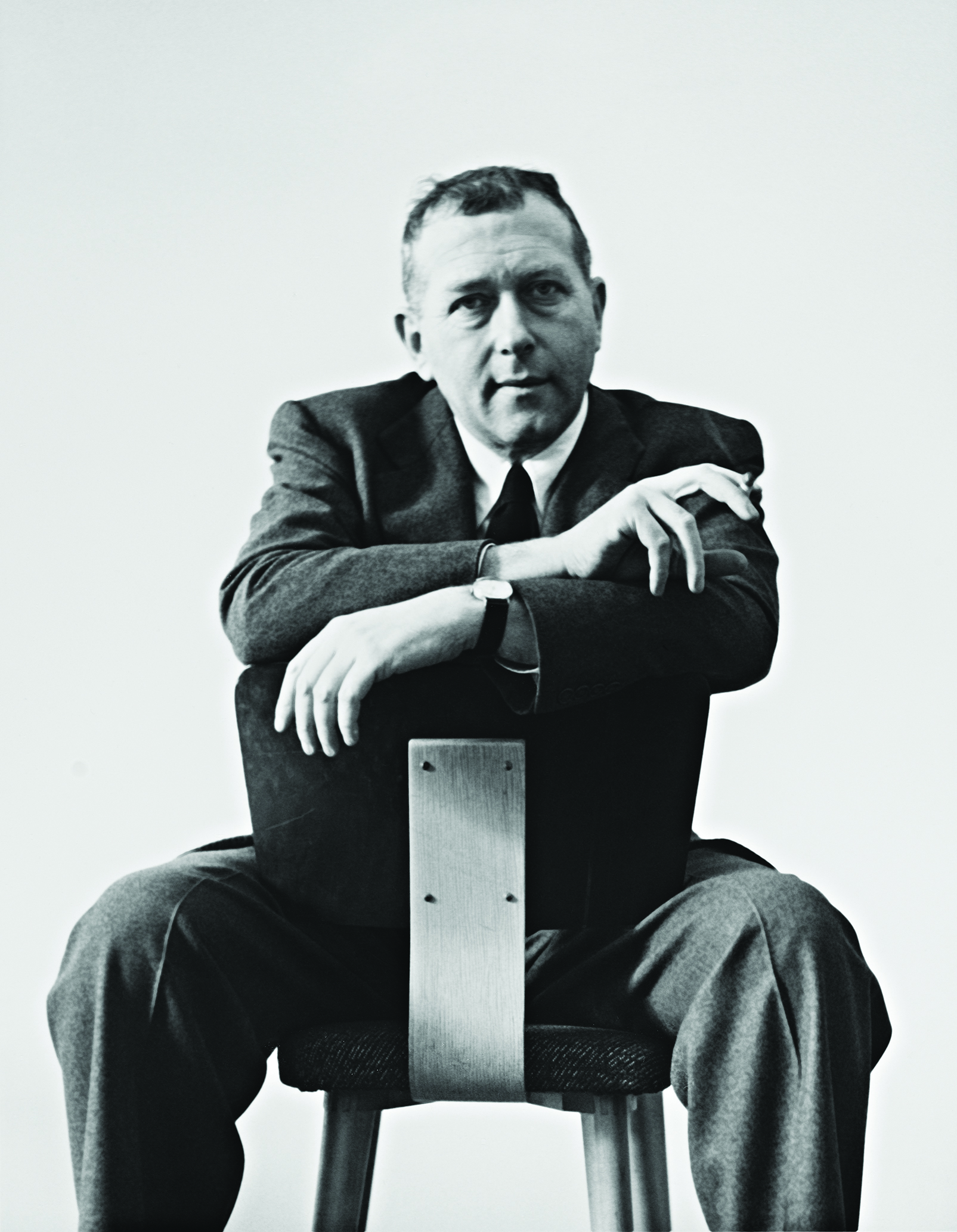
When Breuer returned to the Bauhaus in 1925, as director of the carpentry workshop, the school, in its new location of Dessau, central Germany, was no longer an all encompassing house of crafts, but a didactic design institution of the machine era, fit for a world of roaring factories, radio communication and fast cars, where cheap mass production could be beautifully designed. The school’s influence on industrial design, which can still be detected today in the work of much later designers such as Deiter Rams and Richard Sapper, has changed the world we live in. For that, we should thank Breuer, the undergraduate who saw how true craftsmen could fit into our industrial age.
For greater insight into Breuer’s life, work and influence order a copy of our new monograph here.